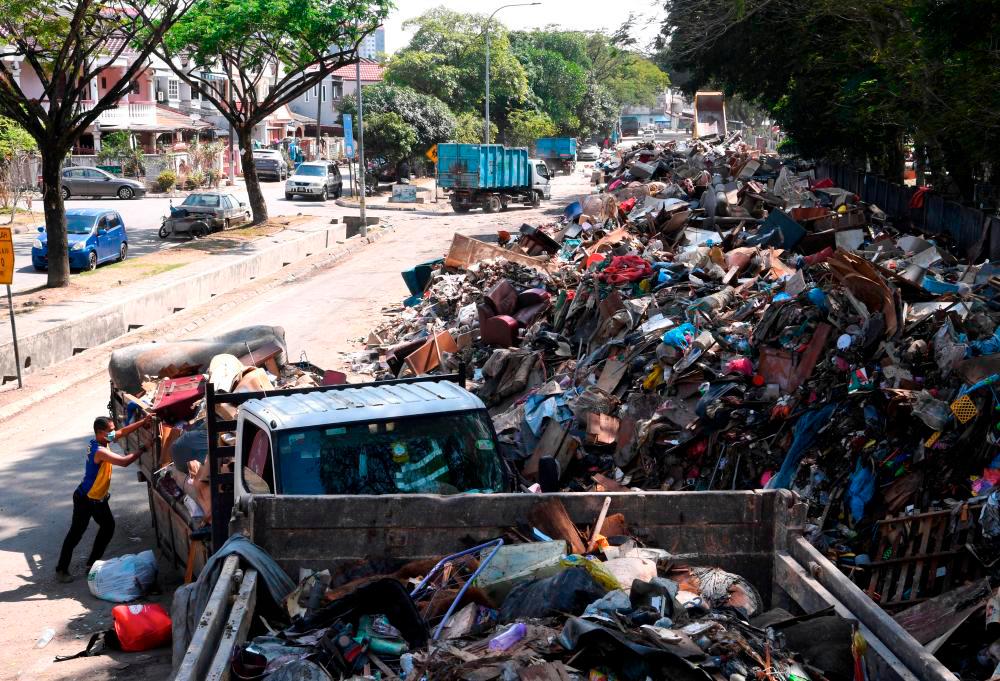RECENT advances in technology have revolutionised society. Historically, major technological innovations resulted in not only fundamental societal changes but also far-reaching environmental consequences, for better or worse.
Electronic waste, or e-waste, is one of the fastest-growing waste streams, with mobile phones accounting for a significant portion of them, causing nature to suffer. Consumer awareness is important to assist in recycling. E-waste refers to electrical and electronic equipment that is outdated, unwanted or broken. Basically, anything that runs on electricity that you have decided to get rid of.
Although the potential of the technology to save materials and energy cannot be denied, it is yet too early to create a rosy image of the new digital technology’s environmental implications. In truth, the world is finite, so we need to act boldly, innovate broadly and implement equitably.
Under the Code SW110, First Schedule, Environmental Quality (Scheduled Wastes) Regulations 2005, e-waste is classified as Scheduled Wastes in Malaysia (Ministry of Environment and Water, 2020).
Malaysia’s Environment Department has granted 18 complete recovery and 128 partial recovery plants permits to convert various types of e-waste into source materials. It is an attempt that involves numerous technologies for e-waste segregation, disassembly and treatment.
E-waste comprises a slew of substances that are hazardous to both humans and the environment. Waste from electrical and electronic assemblies contain components such as accumulators, mercury-switches, glass from cathode-ray tubes and other activated glass or polychlorinated biphenyl-capacitors, or contaminated with cadmium, mercury, lead, nickel, chromium, copper, lithium, silver, manganese.
In a similar vein, if e-waste is not disposed in an environmentally sound manner, arsenic, bromine and beryllium will infiltrate into the earth, disrupting water supplies, and posing a hazard to aquatic and human life.
Unfortunately, research predicts that Malaysia will generate 24.5 million units of e-waste in 2025. It is vital to keep electronic equipment to a minimum. Stick with what we have instead of getting that flashy new device.
We can also ensure that the devices live longer if we take care of them properly. Alternatively, try regifting, selling or giving that old television or computer away. On the other hand, people frequently discard and replace faulty electronics rather than have them repaired. Indeed, repairs are costly, but they are worthwhile.
Be familiar with recycling as well. Send it to collection centres or recovery facilities or call any registered collection centre that will pick it up from your home. We can save money when we do not have to replace them as frequently.
Simply put, e-waste is detrimental to human health and causes deterioration of environmental quality if not discarded in a sound manner, such as into rivers, landfills or if it is burnt. Thus, invest in our planet and ensure environmental sustainability for a prosperous future for all.
Adawiyah Roslan
International Islamic University













